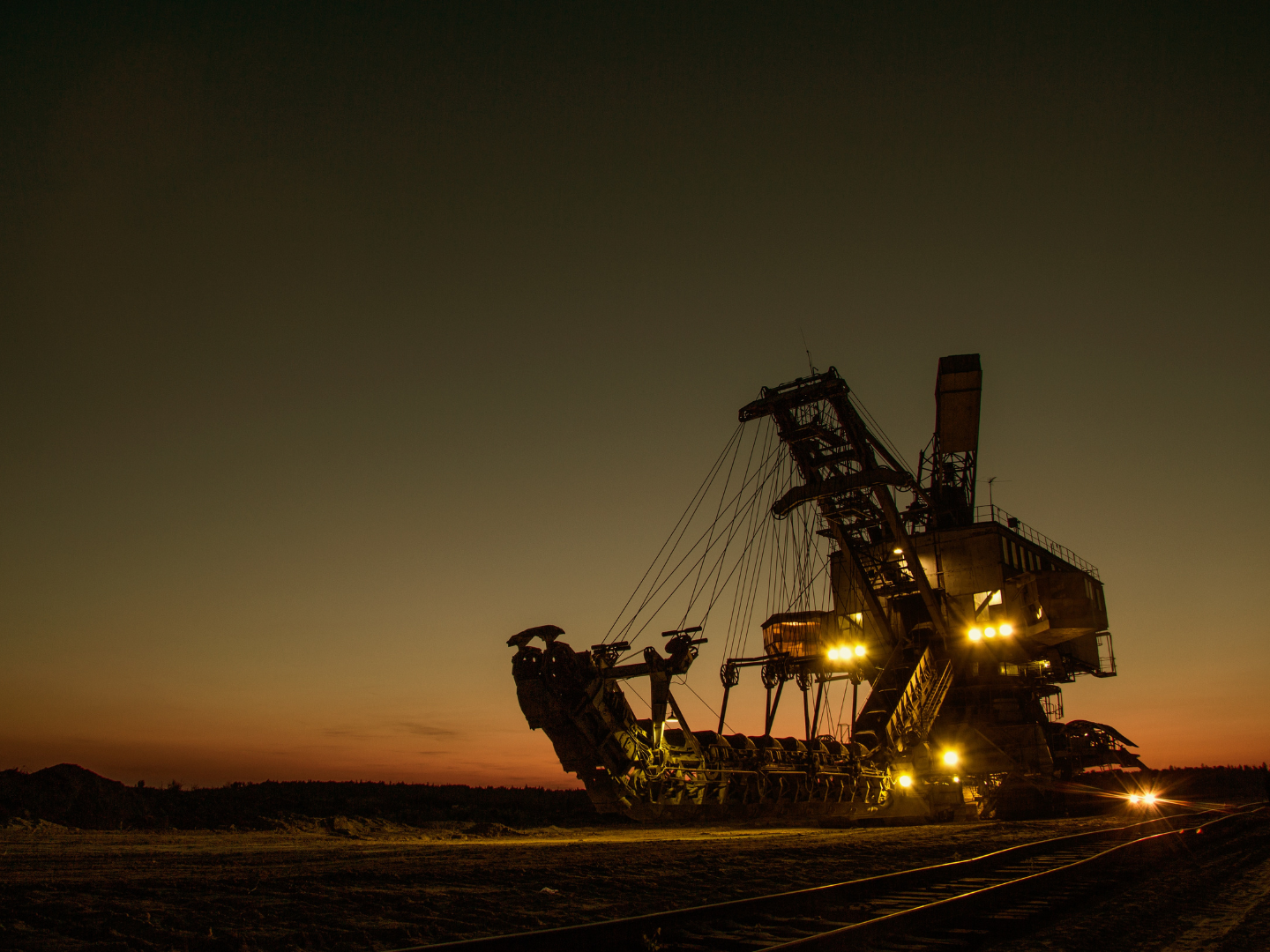With the onset of winter electricity tariffs in June, mining input cost pressures intensified. The latest data shows a 1.4% year-on-year increase in the Minerals Council’s Mining Composite Input (MCI) Cost Index for June, up from 1.1% in May, while the Producer Price Index for Final Manufactured Goods rose by 0.6%, following a 0.1% increase in May.
By André Lourens, Economist at Minerals Council South Africa
Excluding labour costs, the MCI Cost Index declined by 0.2% year-on-year in June – still deflationary, but at a slower pace than the 0.7% drop recorded in May. The primary driver of cost escalation was electricity, with its production and distribution costs surging nearly 36% month-on-month. For companies operating energy intensive underground mines, processing plants, smelters and refineries, electricity is increasingly a significant cost item. The graph below illustrates trends in mining input costs, both including and excluding labour, alongside the PPI for Final Manufactured Goods.

Figure 2 below highlights the cost categories that saw monthly changes between May and June. The most significant driver was a sharp 35.9% increase in Eskom’s electricity production and distribution costs, aligned with the start of winter tariffs mid-June for large industrial consumers. As July marks the first full month under these elevated tariffs, which run until mid-September, electricity costs are expected to rise further in the coming month. This surge is prompting companies to invest in cheaper renewable energy sources, either in-house or via third-party wheeling agreements, while many electricity consumers are cutting back usage or pursuing efficiency gains to minimise electricity consumption. The overall impact is negative for Eskom. Furthermore, there was a 3.4% increase in rubber products used as an input into mining. This was driven by an increase in the net selling price of tyres. In contrast, we saw a 3.9% month-on-month decrease in other chemicals and man-made fibres costs in June.

Figure 3 below illustrates the quarterly changes in input costs for the sector as well as for platinum group metals (PGMs), gold and coal.

Mining input costs rose to 1.4% in Q2 2025, up from 0.9% in Q1, but still well below the 2.9% recorded in the same quarter last year. Although the figures reflect a revised MCI Cost Index methodology, the underlying trend remains unchanged – showing an acceleration in cost pressures this year from the subdued levels seen in 2024 following the COVID-19 pandemic.
Figure 4 below illustrates the y-o-y increase in mining input costs per commodity subsector for June. These differences continue to reflect the distinct cost structures of each subsector, with the latest 2024 weightings applied to ensure accuracy and comparability.

In June, the PGM sector once again recorded the highest increase in input costs, driven largely by elevated labour expenses. Employing around 171,000 workers, the sector spent nearly R20 billion on compensation in in the first quarter of 2025 alone. The gold sector followed closely, with notable cost increases observed in other metallic minerals, general mining and quarrying, and chrome. In contrast, the manganese and coal sectors experienced the lowest input cost inflation among major commodities, reflecting more stable cost dynamics in those subsectors.
Conclusion:
Mining input costs rose in June, driven by a sharp increase in electricity production and distribution costs after the start of Eskom’s winter pricing period. The 1.4% year-on-year rise in the MCI Cost Index, alongside higher PPI figures, signals mounting cost pressures across the sector, particularly for energy-intensive operations. Firms continue to pursue cost-saving measures such as renewable energy sourcing and efficiency improvements in response to elevated electricity costs, while other inputs like rubber products also saw increases. Despite these pressures, overall input cost inflation remains below 2024 levels, though the trend points to a steady rebound from the post-pandemic lows.


